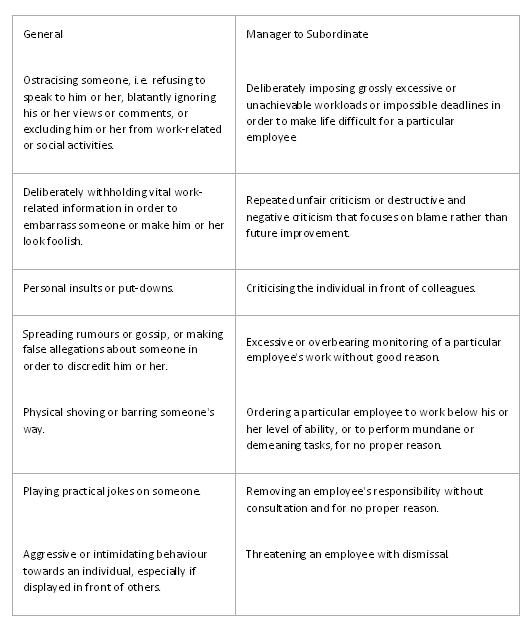Different employers take differing approaches to internet usage that is not work related. Some employers prohibit personal use of their internet facilities, while others allow employees to access the internet at work for personal use provided that usage is kept to a minimum, or only used during breaks.
It’s been found that allowing a reasonable amount of internet usage helps to improve staff wellbeing, especially during times of major sporting events. By allowing the viewing of sporting events, such as the World Cup or the Olympics, not only do you lessen the chances of absenteeism, but you also gain a huge amount of goodwill from your employees. Morale is improved, and because of that, productivity is, too.
Flexible Approach
Allowing a flexible timetable to accommodate both the production needs of your business and the viewing times of the matches or games is a good starting point. Having clear boundaries put in place from the start helps everyone know what they should be doing, which may well mean working outside of their normal hours in order to achieve their work targets.
Steps for a successful sporting season without any adverse effects to business could include:
• Providing a television in a separate room for sporting events, especially if personal use of the internet is usually prohibited
• Allowing the use of radios while working, but check that they will not disrupt others who are not keen sports fans, and that they are not intrusive or disruptive in your customer facing areas
• Allowing staff with internet access to watch or follow events online at specific times. To help, ensure you have a clear Internet Policy that is regularly communicated to everyone
• Flexibility with employees’ working hours – allow them to start or finish earlier or later, and consider flexitime
• If many people are asking to take annual leave, manage this carefully so that you don’t have too many people off at once, which could affect productivity
• If you have a diverse workforce, it’s important to allow people to support their nationality
• And finally, make sure that employers who are not interested in sport do not end up doing more work than those who are taking time off to watch the events.
Internet Policy
It is advisable to adopt an Internet policy that clarifies your approach to employees’ personal use of the internet, and to specify what is permitted in terms of time spent and the types of site that may be visited. For instance, you may not want certain social media sites such as Facebook to be accessed, or dating sites, and so on. In the run-up to major sporting events, remind employees of your rules in relation to internet use.
It is also worth considering clarifying your rules on the use of personal mobile devices for watching matches during working hours. This should be incorporated into your Internet Policy and regularly communicated, especially in advance of any major sporting events.
Breaching the Rules
It is fair to say that most loyal, happy employees do not abuse internet use. However, there can be a small percentage that do.
Where an employee breaches your rules by accessing the internet to follow sporting events where personal use is not permitted, or where he or she spends an excessive amount of work time following the events, you should address the matter as soon as it comes to light. If the offence is minor (for example, a one-off breach of the internet policy), it may be sufficient to raise the matter informally with the employee. However, serious or persistent offenders should be dealt with under your disciplinary procedure.
In fact, any form of excessive internet use at work ¬– whether reading sports coverage, researching holiday destinations or visiting shopping sites – should be dealt with in a consistent way, to help avoid allegations of unfair or discriminatory treatment.
You may benefit from some further tips on allowing employees to watch live sporting events at work from this enjoyable article published by HR Magazine.
If you would like some specific guidance on allowing your employees to watch live sporting events, or creating an Internet policy, do call me on 0118 940 3032 or click here to email me.

